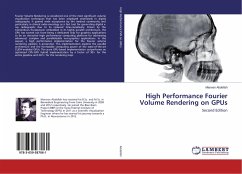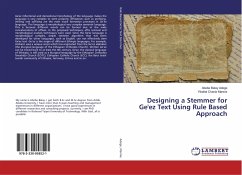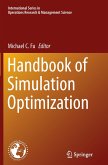The objective of this work is to design and implement a self-adaptive parallel GPU optimized Monte Carlo algorithm for the simulation of adsorption in porous materials. We focus on Nvidia's GPUs and CUDA's Fermi architecture specifically. The resulting package supports the different ensemble methods for the Monte Carlo simulation, which will allow for the simulation of multi-component adsorption in porous solids. Such an algorithm will have broad applications to the development of novel porous materials for the sequestration of CO2 and the filtration of toxic industrial chemicals. The primary objective of this work is the release of a massively parallel open source Monte Carlo simulation engine implemented using GPUs, called GOMC. The code will utilize the canonical ensemble, and the Gibbs ensemble method, which will allow for the simulation of multiple phenomena, including liquid-vapor phase coexistence, and single and multi-component adsorption in porous materials. In addition,the grand canonical ensemble and the configurational-bias algorithms have been implemented so that polymeric materials and small proteins may be simulated.
Bitte wählen Sie Ihr Anliegen aus.
Rechnungen
Retourenschein anfordern
Bestellstatus
Storno








